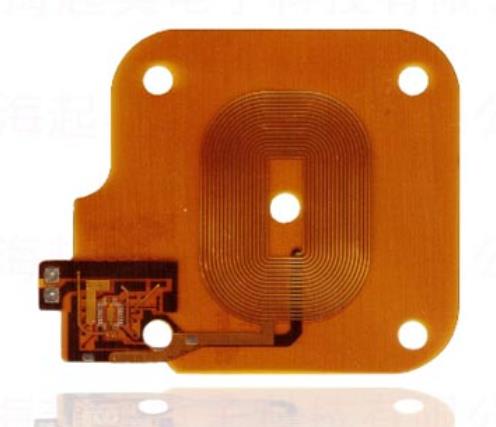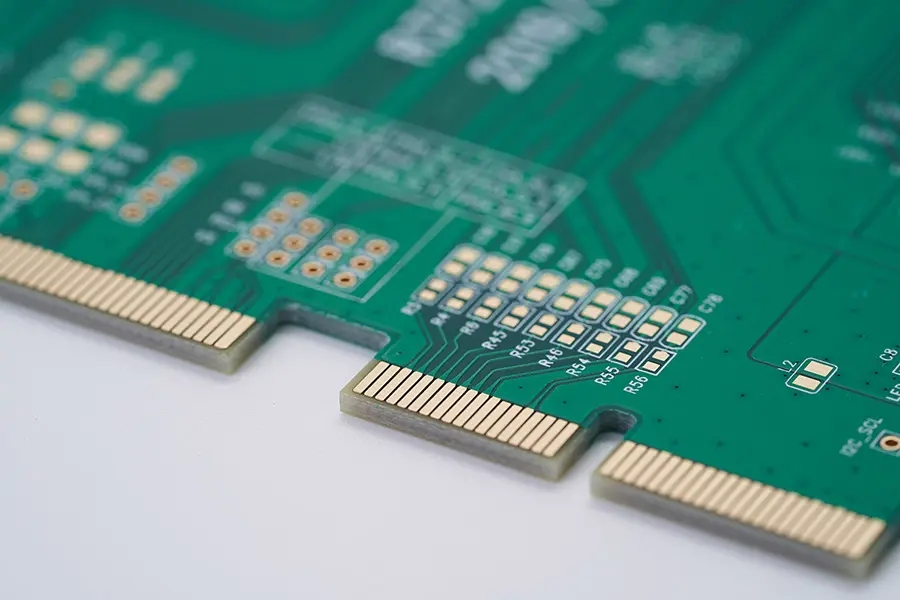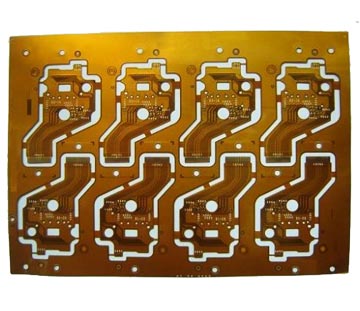
Application and Analysis of the Common Circuit Protection Elements in Battery FPC
Circuit board manufacturer, circuit board design, PCBA manufacturer will explain the common circuit protection components of battery FPC, mobile phone battery protection design and application analysis
According to the battery FPC editor, mobile phones generally use lithium batteries. Lithium battery is easy to explode under high temperature. In fact, they have also occurred and produced serious consequences. Therefore, most battery manufacturers will take protective measures. In addition to structural design, IC over-current protection and MOS tube protection, secondary circuit protection elements will also be used to strengthen protection measures. Today, I would like to introduce the protection methods used in mobile phone batteries!
There are three kinds of circuit protection elements commonly used in mobile phone batteries: current fuse, temperature fuse and positive temperature coefficient thermistor.

Current fuse is mainly used for short circuit protection:
The principle of current fuse protection circuit is that when the battery is short circuited, a relatively large over-current will be generated to quickly destroy the thermal balance, and the melt temperature will rise to the melting point of the material in a moment, so that the circuit will be disconnected to achieve the safety protection function. The current fuse protection is adopted, which has the advantages of fast and complete circuit breaking and high precision of fusing characteristics. As long as any part is short circuited, whether charging, using or standby, it will act quickly. But it is only sensitive to current and has no reaction to external temperature.
The temperature fuse is mainly used for overheating protection:
The protection principle is that once the melt composed of low melting point electric alloy materials reaches the allowable temperature, it will melt, thus cutting off the circuit and achieving the safety protection function. The use of temperature fuse protection has certain advantages: because the melt is sensitive to the internal and external temperatures of components, especially when the mobile phone is placed in a high temperature environment or the temperature is too high for other reasons, the response to the over temperature caused by overcurrent is relatively slow, the accuracy is low, and the reliability is not as good as that of current fuse.
The positive temperature coefficient thermistor is mainly used for overcharge protection:
According to the battery FPC, the protection principle is to use the positive temperature coefficient characteristic of PTC material resistance value and the curie point sudden change characteristic, that is, the temperature rise caused by any reason (including over-current and environment) will cause the material resistance to rise. Once it rises to the curie point, the resistance will become large enough to turn off the charging current and achieve the safety protection function. The advantage of using thermistor protection is that it is responsive to current and temperature, and can timely limit the current when the battery is overcharged. The disadvantage is that the response time is slow, and there is a small leakage current when the battery is turned off, so the reliability is not high enough.
The positive temperature coefficient thermistor is also called the self recovery fuse, but the self recovery function is not necessary in the cell phone battery protection, especially for the over-current caused by the circuit fault. If the fault is not eliminated and the PTC recovers itself, it is meaningless for practical application.
The protection principle of positive temperature coefficient thermistor is to use the positive temperature coefficient characteristics of PTC material resistance and the sudden change of Curie point, because the temperature rise caused by any reason (including over-current and environment) will lead to the increase of material resistance. Once the material resistance rises to the Curie point, the resistance will reach a certain level to turn off the charging current and realize the safety protection function. The advantage of using thermistor protection is that it responds to current and temperature. When the battery is overcharged, it can limit the current in time. The disadvantages are slow response time, small leakage current when turning off, and low reliability.
According to the battery FPC, the positive temperature coefficient thermistor is also called a self recovery fuse, but the self recovery ability is not necessary to protect the cell phone battery, so it has no practical significance. PCB manufacturers, PCB designers and PCBA manufacturers will explain the common circuit protection components of battery FPC, mobile phone battery protection design and application analysis.







